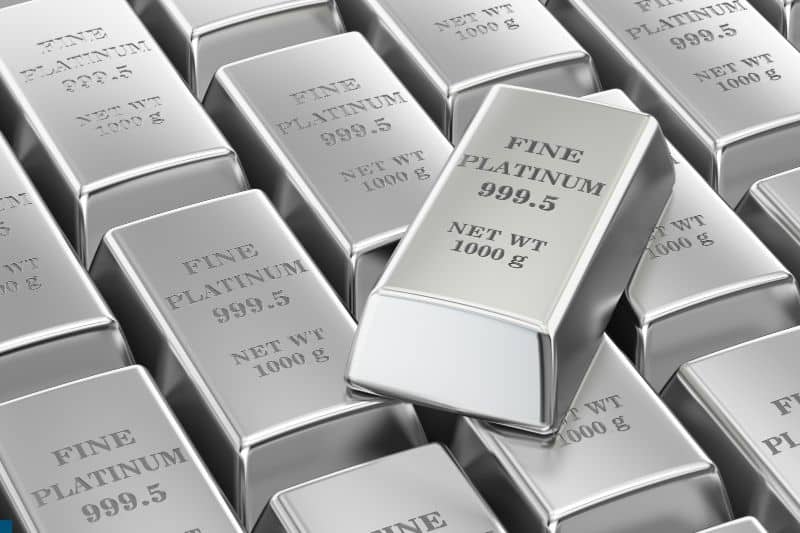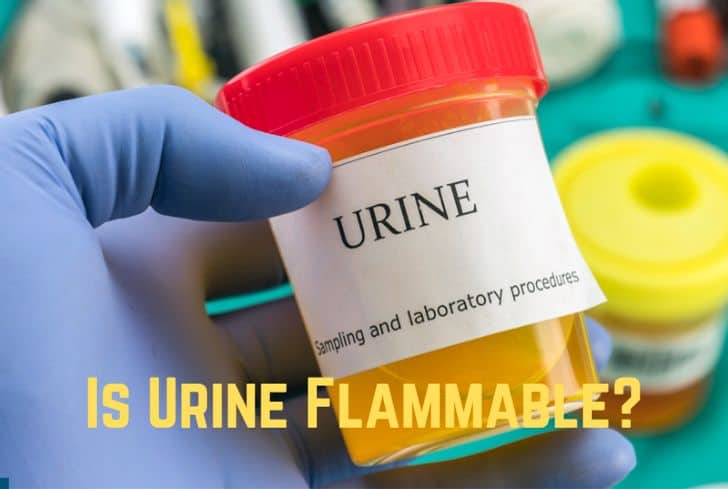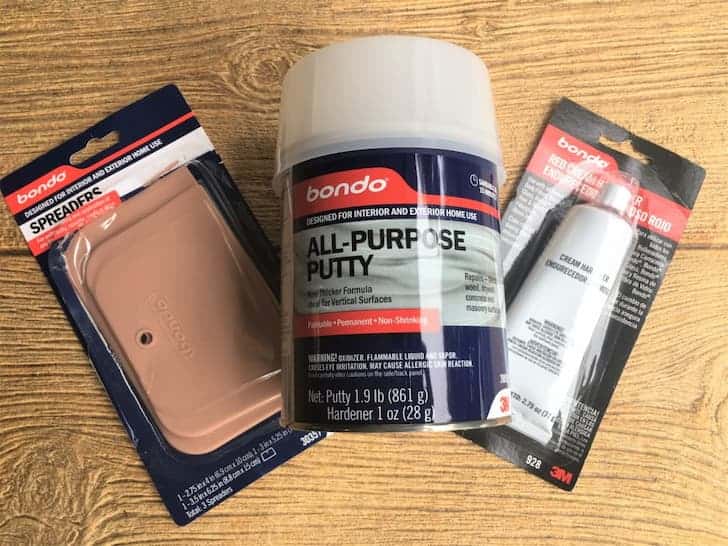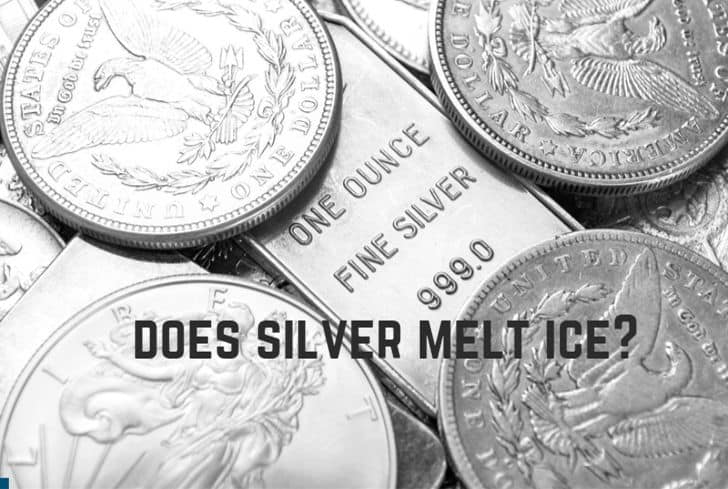Does Platinum Conduct Electricity?

The only precious and noble metals you probably are familiar with are gold and silver. But platinum is likewise regarded as a noble metal. You might be owning some platinum jewelry, but would you also like to learn the other platinum applications? One of platinum’s major applications is in the electrical industry. But does platinum conduct electricity?
In this article, we explain if platinum is conductive, attracts magnets, conducts heat, or corrodes. Additionally, you’ll learn about the properties and uses of platinum and whether it conducts electricity better than copper.
Read: Does Granite Conduct Electricity? (No. It Doesn’t)
Is Platinum Conductive?
Platinum is conductive. There are six free-moving electrons in its valence (outer) shell. When the free electrons have enough energy, they move while carrying an electric charge. The free movement makes platinum a good conductor of electricity. The number of electrons in a material’s valence shell determines how much energy those electrons need to move around freely.
Platinum’s resistivity affects its ability to conduct electricity. Its resistivity is determined by how well it resists the flow of electricity. Platinum’s electrical resistivity is inversely correlated with temperature; it increases its resistivity when temperature decreases.
Platinum’s electrical conductivity can be calculated using the formula σ = 1/ρ, where σ stands for resistivity and ρ for electrical conductivity. The electrical field length (J) produced by the total electric flux flowing through the cross-sectional area of platinum can be used to calculate the electrical conductivity of platinum using the formula = J/E. In this case, J stands for current density through the platinum sheet.
Does Platinum Attract Magnet?
Platinum pure is not magnetic. It belongs to the class of paramagnetic since it cannot create a magnetic dipole on its own. Therefore, it will not attract a magnet. Metals that have a weak magnetic attraction are known as paramagnetic elements. But when subjected to an external magnetic field, they show magnetic properties. The direction of their atoms’ spin is the same.
The atoms might initially face different directions due to the magnetic field’s disarray, but they gradually align themselves. Since these metals’ magnetic properties are so weak, only specific magnetic_field_instruments can be used to gauge their magnetism.
However, several people claim to have witnessed magnets picking up some of their platinum jewelry. If so, your jewelry is not made from pure platinum. There’s a chance that cobalt-based platinum alloys have also been used. Do the following to ensure pure platinum jewelry:
- A hallmark (a number plus the words PLAT, PT, or platinum written on the jewelry item) identifies it as pure platinum. The number represents the degree of purity of platinum. If there is no number but has an of the three words, Your piece is at least 95% platinum. However, some items won’t have the stamp if they are older than 1975, have less than 50% platinum content, or come from a nation that doesn’t mark the purity of jewelry.
- If it weighs more than the other jewelry.
- Use an online-purchased acid scratch test kit. A scratching stone and various acids that react with particular metals, like platinum, are included in the kit.
Does Platinum Conduct Heat?
Platinum is a good heat conductor. The valence shell’s free electrons vibrate and generate heat across nearby atoms. Because platinum is highly dense and has tightly packed atoms, heat transfer is made possible. You can feel the heat on the other side of a platinum piece if you apply heat to one end.
Platinum has a thermal conductivity of 72 W/(m. K). Thermal conductivity-k (or λ), measured in W/m.K, evaluates a material’s heat transmission properties. It follows Fourier’s law of thermal conduction.
Is Platinum a Good Electrical Conductor Than Copper?
Copper is a better electrical conductor than platinum. A copper atom’s nucleus has 29 electrons in it. While 28 electrons fill the other shells, 1 electron remains in the valence(outermost) shell. The electron is the furthest from the nucleus and is the least attracted to it. The one-electron does not require a lot of energy and can move easily.
A good conductor has one valence electron, which is easier to dislodge, and a good insulator has eight valence electrons. A semiconductor has four valence electrons, so platinum’s six valence electrons place platinum between a semiconductor and an insulator. Platinum has 78 electrons, with six of them in its valence shell. That means platinum requires more energy and takes longer to dislodge the six electrons.
Conductivity is the ability of a material to transfer energy. A good conductor makes it simpler for electrons to move through the material than a bad one. As a result, conductivity increases as the number of valence electrons decreases.
An electric current happens when a charge moves from one point in a material to another. Electrons can transfer charge from one end to the other in this situation. As a result, a good conductor has a lot of free electrons.

Does Platinum Corrode?
Platinum is frequently considered a noble metal. It doesn’t rust, tarnish, change color, or corrode when pure. Platinum does not oxide in the air at any temperature and is unlikely to corrode with most acids. It is more stable than compounds such as sulfides and oxides. However, platinum corrodes in the presence of sulfur, caustic alkalis, cyanides, and halogens.
The non-reactive nature of platinum makes it hypoallergenic, making it ideal for jewelry. However, platinum jewelry gets scratched easily and develops a patina over time. The patina is caused by how the light interacts with platinum scratches, not by a reaction with oxygen. The good news is that you can polish the patina safely without damaging the metal.
If your platinum jewelry is corroding, an alloy is likely to blame. Platinum’s inertness, however, only persists in pure forms. Platinum alloys are susceptible to corrosion depending on the type and purity of the alloy used. Due to their extreme instability, platinum oxides do not oxidize or corrode.
Properties of Platinum
The platinum element belongs to the Platinum group, including palladium, rhodium, iridium, ruthenium, and osmium. It is a transition metal member of group 10 on the periodic table. The atomic symbol for platinum is Pt, and it has an atomic number of 78. We highlight platinum properties below.
- Nitric and hydrochloric acids don’t dissolve platinum. But platinum dissolves and forms chloroplatinic acid when combined.
- The melting and boiling points of platinum are 3214.9°F (1768.3°C) and 6917°F (3825°C), respectively.
- Platinum is ductile(can be deformed without losing strength) and malleable(can be formed without breaking).
- Platinum is stable and non-toxic, making it compatible with biological systems. As a result, it does not affect bodily tissues.
- No matter how hot it is heated, platinum does not oxidize in oxygen.
- Pt (190), Pt (192), Pt (194), Pt (195), Pt (196), and Pt (198) are its six naturally occurring isotopes.
- One of the densest metals—denser than lead—is it.
Read: Is Tungsten Conductive? (And Conduct Heat?)
Uses of Platinum
South Africa is the highest producer of platinum in nickel and copper ores. Because of its scarcity and high value, it is almost as expensive as gold. The color of platinum is silver-white. Platinum has many uses across various industries, and we highlight them in the table below.
| Industry | Uses |
| Chemical | -Laboratory equipment such as crucibles, forceps, dishes, pans for evaporating sulphuric acid, and catalysts in electrical reactions. |
| Automobile | -Catalytic converters, jet engine fuel nozzles, catalysts in fuel cells, platinum cured-silicones to protect airbags, and initiator sensors from facilitating the release of airbags. |
| Electrical | -Electrical contacts, wires for incandescent bulbs, high-temperature electrical furnaces, production of cigarette lighters and hand warmers, electrical resistance wires, spark plugs, substitute for gold in electronic connections, coatings for ceramic capacitors in electronics, |
| Medical | -Dentistry equipment, platinum-based drugs for treating cancer, medical elastomers, aural and retinal implants, pacemakers electrodes, manufacture silicones. |
| Jewerly | -Rings, bracelets, earrings, necklaces, chains. |
| Aerospace | -Coating missile nose cones, small engine crafts, and larger aircraft, aircraft blades. |
| Fuel | -Catalyst in cracking petroleum industries, reform naphtha into high octane blending components. |
| Glass | -Optical fibers, liquid crystal display glass, optically pure flat glass for monitors, LCDs and TVs. |
Frequently Asked Questions
Is platinum a better conductor than silver?
Platinum is not a more effective electrical conductor than silver. As we’ve already shown, conductivity increases as the proportion of valence electrons decreases. Silver contains one valence electron as opposed to six for platinum. Silver, therefore, performs as a superior conductor than platinum.
Is platinum harder than gold?
Yes, platinum is harder than gold. Platinum is denser and more durable. By its very nature, gold is a soft and very malleable metal. Platinum, however, is more prone to scratches than gold. The most intriguing feature is how platinum develops a patina due to the scratches.
Conclusion
Although not as good as copper, platinum is a good conductor of electricity. Its valence shell has six electrons, which are more difficult to strip away than copper’s single valence electron. Platinum is a weak magnet; you can only use specialized instruments to gauge its magnetism.
Platinum is a good conductor of heat due to the dense molecules in its metal lattice that vibrate rapidly. Platinum is extremely unlikely to corrode unless it interacts with cyanides and halogens.





![Is Chapstick Flammable? [Lip Balm, Lipstick, Lip Gloss]](https://eartheclipse.com/wp-content/uploads/2023/03/is-chapstick-flammable.jpg)
